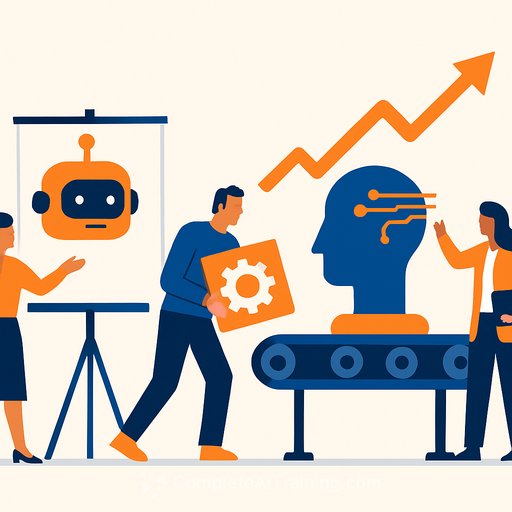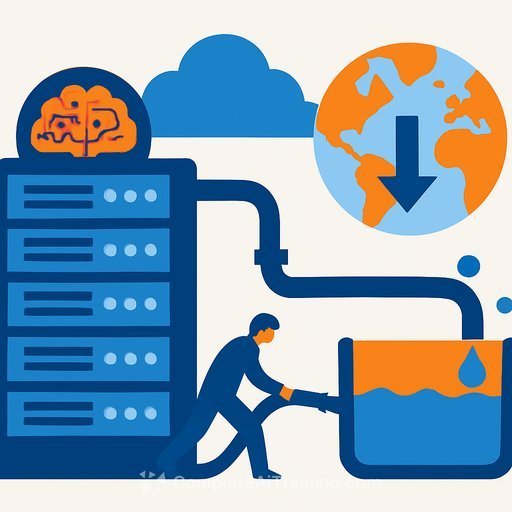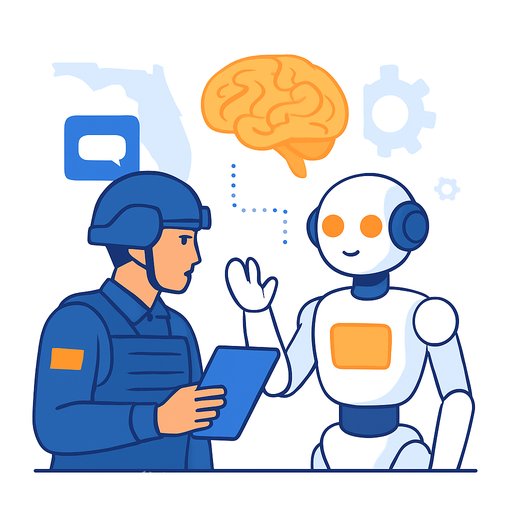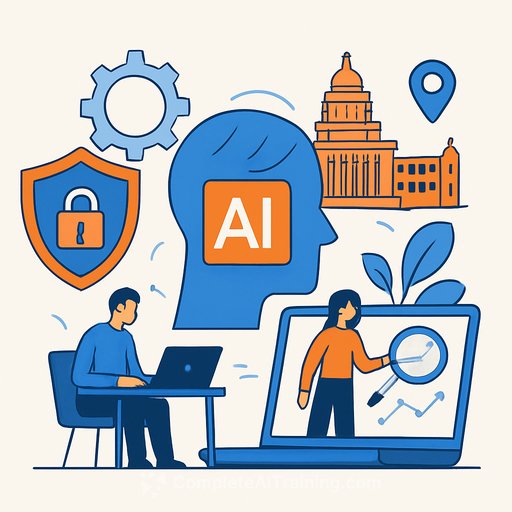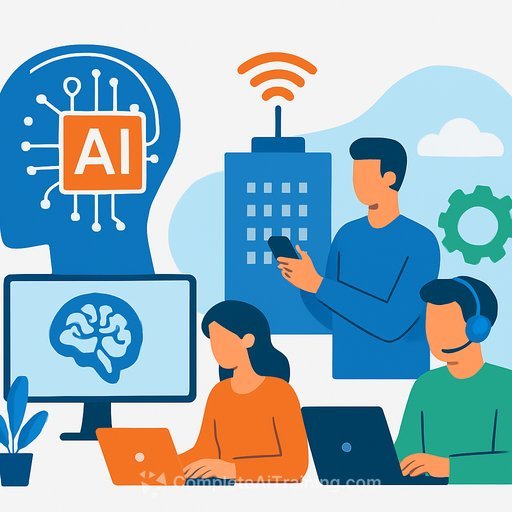The Challenge of Moving AI from Prototype to Production
More organizations are adopting AI to support digital transformation, but many projects stall in the pilot phase. This isn’t a failure; it reflects AI’s early stage and the gap between experimentation and practical use. The biggest impact of AI is still ahead, especially when it moves from isolated trials to integrated, everyday tools.
How Are AI Initiatives Progressing?
Leading companies that have integrated AI into at least 30% of their processes see significant gains — 50% higher productivity and 25% greater profitability, according to Accenture’s 2024 research. The key isn’t just bigger AI models but wider access. The real change happens when employees closest to the work can shape and use AI effectively. When AI becomes a practical tool for many, not just tech experts, its potential turns into real impact.
What Causes Bottlenecks in AI Projects?
Most bottlenecks are organizational, not technical. Those who know the daily challenges best — like logistics planners, warehouse managers, and plant technicians — often lack the power or tools to influence AI development. They understand what needs fixing but can’t translate that into technical requirements. This disconnect is a missed opportunity because frontline workers have the clearest insight into where AI can make a difference.
Current AI platforms like AWS Bedrock are simplifying access but still expect users to have coding skills or model training knowledge. For domain specialists, this feels like entering a workshop without instructions. Many tools exist, but practical guidance is lacking.
What Is AI Missing to Improve Success?
Breakthroughs in computing come from abstraction, not just faster hardware or algorithms. Programming evolved from complex assembly to user-friendly languages and modular systems, accelerating development and broadening participation. AI hasn’t reached that point yet.
Building useful AI solutions today requires managing a complex stack — foundation models, vector databases, prompt engineering, evaluation frameworks — often through trial and error. Even simple proofs of concept can take weeks because the infrastructure is fragmented. What AI needs are shared patterns and interfaces that focus on user intent while hiding complexity. Good abstractions enable more people to build and use AI effectively.
How Can Organizations Scale AI Strategically?
Chasing ever-larger AI models is common but often disconnected from daily business needs. Most organizations would benefit more from scaling AI use rather than just scaling models. Many current models can already solve important business problems, but deployment, customization, and integration lag behind.
Focus should be on operational relevance: connecting AI with actual processes, data, and people. Practical use cases in manufacturing, logistics, or public sector often get overlooked — not due to lack of potential, but because they don’t align with market hype. A balanced approach favors smaller, task-focused models that frontline users can manage without data scientists.
How Does This Compare to Past Enterprise Tech Trends?
Technology breakthroughs often outpace the supporting infrastructure. In the early days of the web, visions like online shopping and digital media existed, but the infrastructure wasn’t ready. The web scaled once standards, protocols, and middleware made it accessible beyond specialists and integrated into workflows.
AI is at a similar stage. The demos are impressive, but reliable, explainable, and interoperable systems are still being built. Without better support structures, AI risks stalling in pilot projects. The next step isn’t just improving models but enabling more people to apply and contribute to AI tools effectively.
For those in operations interested in practical AI skills and courses, resources like Complete AI Training’s courses by job can provide hands-on guidance tailored to your role.
Your membership also unlocks:

